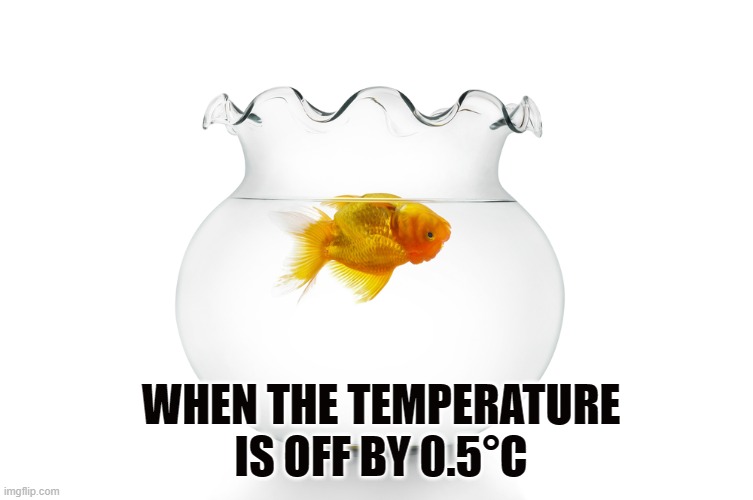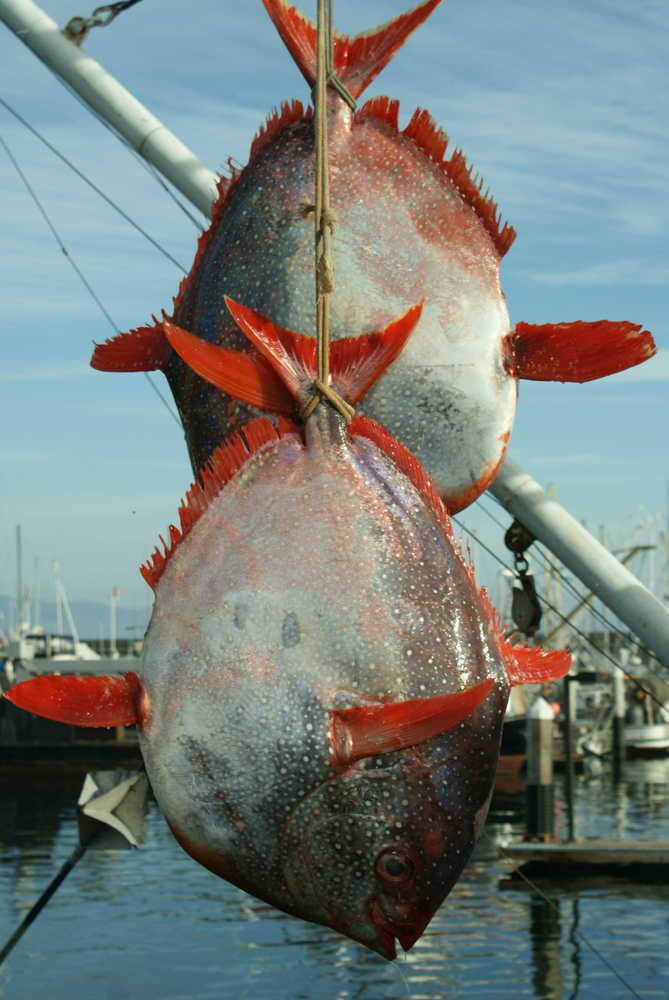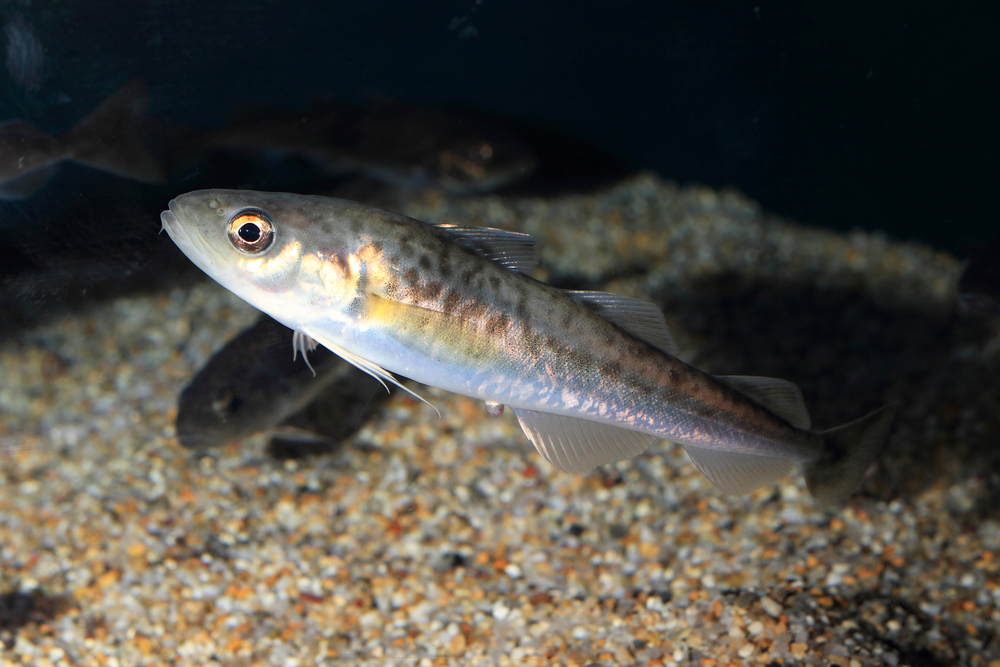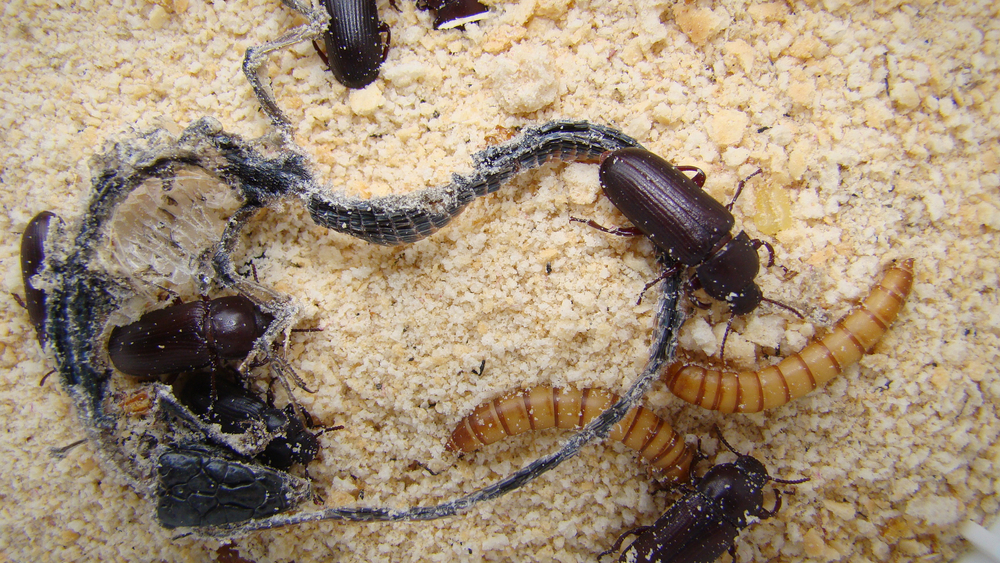Table of Contents (click to expand)
The blood of fish that live in Antarctic waters don’t freeze, despite being around 0°C, due to antifreeze proteins. These proteins prevent the water in their blood from turning into ice and damaging the cells.
The South Pole is as inhospitable a place as they come. Temperatures lie far below the freezing point, with strong gusting winds and not a tree in sight. It’s a wonder anything can live there. What really baffles me is how creatures as vulnerable as fish are able to live there.
Have you ever had a pet goldfish? If so, then you know how sensitive they can be to change. I can’t tell you how often I’ve woken up to my dear pet floating upside down in my sad little fishbowl. So what makes fish so vulnerable to change? How do fish swimming in the frigid waters of the South Pole survive?

Cold-blooded Creatures
Fish are cold-blooded, a phrase that we often hear, but what exactly does it entail? A cold-blooded organism is an animal whose body temperature is dependent on the environment around them. This is seen in almost all fish, reptiles and amphibians.
Warm-blooded animals, on the other hand, can maintain their own body temperatures. Most warm-blooded animals will have little trouble when adapting to a range of temperatures. This is mostly seen in mammals and birds. Some fish have adapted to have a warm-blooded system, like the Pacific blue-fin tuna, which exhibits an exchange of heat from the arteries and veins. The Opah, a fish found in Hawaii, is actually fully warm-blooded.
However, that’s not the case with the fish in the Antarctic Ocean. They have the composition of a cold-blooded animal, but have evolved an interesting adaptation.

Also Read: What Is An Ectotherm?
The Dangers Of Freezing Temperatures
It is essential for blood to keep flowing throughout a living animal’s body. As we all know, blood carries oxygen and nutrients to all parts of our bodies, so what would happen to regular blood in the Antarctic region?
Well, for starters, a large part of our blood is water—90% of it, in fact. This means that our blood would freeze in the Antarctic waters. Because of the salt content in the ocean, the freezing temperature of water drops to -1.9°C. This below-zero temperature causes the formation of ice crystals in the blood. When ice crystals form in our blood, they harm all our cells (like needles poking the delicate balloons of our cells).
Animals like fish, which are cold-blooded, must find other ways to combat these freezing temperatures, as they cannot count on their body heat to save them.
So how exactly does this particular fish beat the frost? With anti-freeze in its blood!
Also Read: How Does The Arctic Ocean Freeze During Winters?
Antifreeze Blood
Antifreeze refers to certain compounds that can be added to water to reduce its freezing temperature. The way a typical antifreeze works is by preventing the formation of ice crystals.
In Arctic fish, these particular compounds are “antifreeze proteins” in the fish’s body. They are produced just like any other protein in the body (learn more in the “What does DNA do” part of this article). This was discovered By Dr Arthur L. DeVries, a professor at the University of Illinois, in the 1960s, when scientists around the world were wondering how these fish were able to survive in such harsh conditions.
Now, what do these proteins do in order to prevent blood from freezing?

Ice forms when the water compresses into a specific crystal lattice. What this means is that water condenses as the molecules come closer and closer together, and as their intermolecular space decreases, the water molecules attract each other more strongly, creating a crystal lattice.
The antifreeze proteins in the fish’s blood get into these crystal latices and prevent them from joining together. If the crystals are prevented from joining each other, they can’t form ice in the blood. At least, they can’t form ice crystals that are big enough to cause any harm to their bodies.
Interestingly, this is not the only place we see this ability!
Antifreeze In Nature
Antarctic fish aren’t the only living creatures that have evolved this intriguing adaptation; antifreeze proteins are actually found in many other organisms.
This adaptation is seen in many primitive organisms, such as sea ice diatoms and certain bacteria, but it’s also seen in more evolved organisms like snow mould fungi and even certain beetles!

The interesting thing is that these adaptations evolved in different ways, but ended up accomplishing the same result. In the study of evolution, this phenomenon is known as convergent evolution. In simple terms, it’s like many different routes on a map that end at the same destination.
Also Read: How Does Life Survive In Extreme Conditions?
Conclusion
The exciting thing about these antifreeze proteins is that they could actually be useful to humans too!
They could be used as an applicant in cryopreservation, especially in medicine, when preserving tissue. These compounds could be used as a natural alternative to existing antifreeze compounds that are toxic to human bodies.
It could be used in agriculture as well. Frost damage is a huge damaging factor in plants, so using these natural polypeptide compounds could help plants survive through particularly harsh winters.
It’s exciting how unexpected discoveries in the natural world take a turn in innovating the way we live!
Also Read: Is It Possible To Freeze People And Bring Them Back To Life?
How well do you understand the article above!

References (click to expand)
- Thermoregulation in homeothermic and poikilothermic ... - EPA. The Environmental Protection Agency
- Are all fish cold-blooded? - NOAA's National Ocean Service. The National Ocean Service
- Fish Antifreeze Proteins. The National Science Foundation
- Basu, D., & Kulkarni, R. (2014). Overview of blood components and their preparation. Indian Journal of Anaesthesia. Medknow.
- Pegg, D. E. (1987). Ice Crystals in Tissues and Organs. The Biophysics of Organ Cryopreservation. Springer US.
- Schaefer, V. J. (1952, June). Formation of Ice Crystals in Ordinary and Nuclei-Free Air. Industrial & Engineering Chemistry. American Chemical Society (ACS).
- Xiang, H., Yang, X., Ke, L., & Hu, Y. (2020, June). The properties, biotechnologies, and applications of antifreeze proteins. International Journal of Biological Macromolecules. Elsevier BV.
- Antifreeze proteins in Antarctic fish prevent both freezing and .... The National Science Foundation
